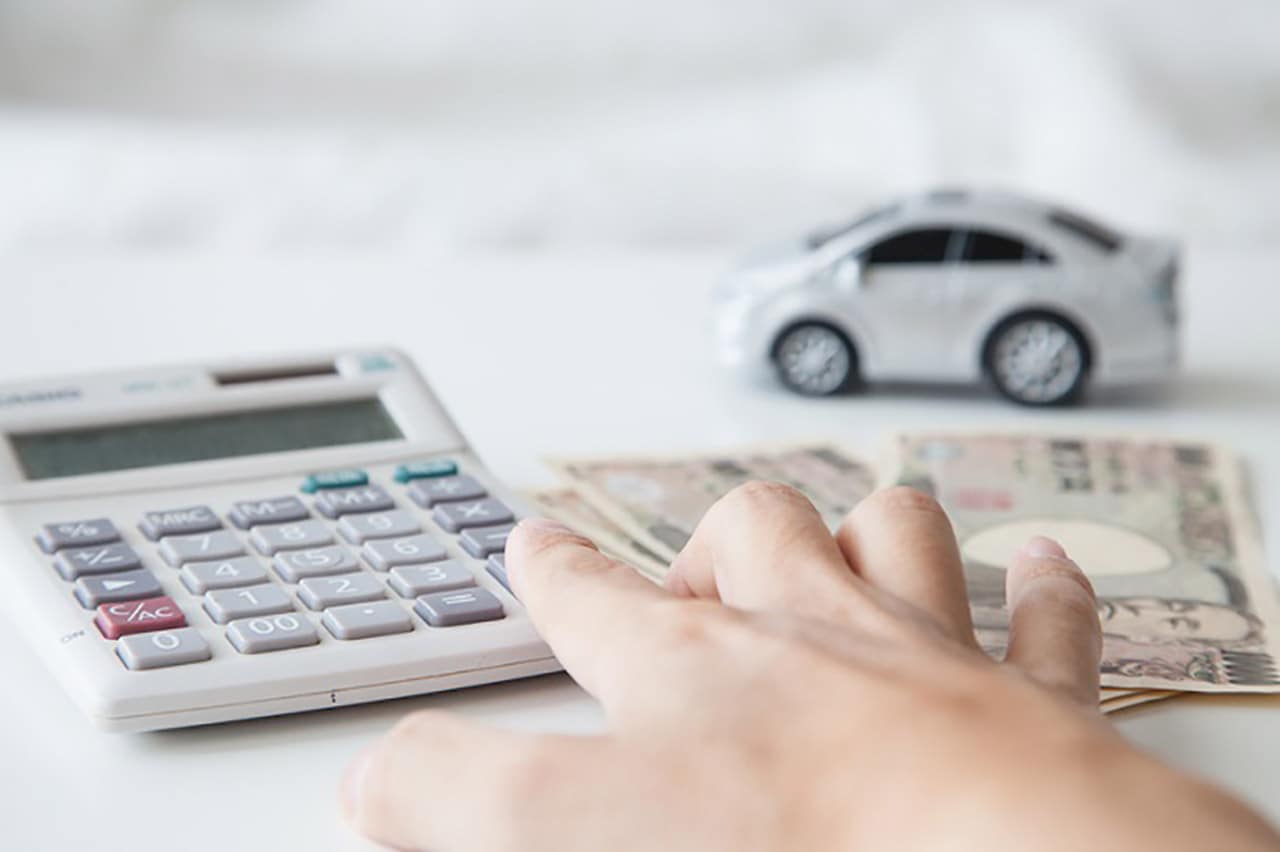Buying a car is a big decision that requires careful planning and budgeting. Whether it’s your first purchase or you’re upgrading to a newer model, understanding how to effectively budget for this expense can help you make informed decisions and prevent you from ending up in a high-stress scenario where you own more car than you can afford.
But with so many factors to consider, from down payments to ongoing maintenance costs, how can you create a budget that covers all bases and aligns with your financial goals?
Step 1: Establish Your All-In Budget
First and foremost, determine how much you can afford to spend on a car without jeopardizing your other financial goals and obligations. A good rule of thumb is that all your automotive expenses (loan payment, insurance, fuel, and maintenance) shouldn’t exceed 15 to 20 percent of your monthly take-home pay.
Start by reviewing your income and expenses to find a comfortable monthly car payment range. However, don’t let any rule of thumb – even the one we just mentioned – be so black and white that you don’t use a little logical thinking.
“No one else can tell you exactly how much car you can afford,” says Tiger Okeley of Oak Motors. “You have to crunch the numbers yourself to recognize how comfortable you are with spending ‘a lot’ versus ‘a little.’ These terms are very subjective and will differ from one person to the next.”
Feel free to use some general rules, but always apply the specific circumstances of your situation to the situation to get a more accurate feel for your true budget.
Step 2: Explore Financing Options

Unless you’re paying in cash, you’ll likely need a loan. Shop around for financing options before you even step into a dealership. Credit unions, banks, and online lenders can offer competitive rates, especially if you have a good credit score.
Understanding the terms of your loan, including the interest rate and duration, is crucial as they will significantly impact your overall costs. Remember, shorter loan terms mean higher monthly payments but lower overall interest costs.
Step 3: Save for a Down Payment
Aim to put down at least 20 percent of the car’s price. A substantial down payment reduces your loan amount, which means lower monthly payments and less interest paid over time.
Starting a dedicated savings account for your car purchase can help you accumulate this down payment without dipping into your emergency fund or other savings. For reference, here’s what 20 percent down looks like on several different purchase points:
- $10,000 Vehicle = $2,000 Down Payment
- $20,000 Vehicle = $4,000 Down Payment
- $30,000 Vehicle = $6,000 Down Payment
- $40,000 Vehicle = $8,000 Down Payment
- $50,000 Vehicle = $10,000 Down Payment
Now, you can put more down than this (and the payment will shrink even more). However, at the very least, you should attempt to tuck away a nice 20 percent payment upfront.
Step 4: Decide on New vs. Used

Deciding between a new or used car is a significant budgeting factor. New cars come with the latest features and warranties but depreciate quickly. Used cars can offer great value, but it’s important to factor in potential maintenance and repair costs.
Certified Pre-Owned (CPO) vehicles can be a middle ground, offering some benefits of new cars (like warranties) at a lower cost.
Step 5: Know the Total Cost of Ownership
Beyond the sticker price, consider the total cost of owning the car. This includes insurance, which can vary widely depending on the car model, your age, and driving history.
Don’t forget about annual registration fees, taxes, and regular maintenance, either. Fuel efficiency is another critical factor, as more efficient vehicles can save you a significant amount over time.
When delving into the process of purchasing a vehicle, it’s imperative to consider all associated expenses beyond just the sticker price. One crucial aspect often overlooked is insurance costs, which can vary significantly depending on the make, model, and year of the vehicle you’re eyeing.
To gain a comprehensive understanding of your potential monthly expenses, it’s prudent to reach out to your insurance provider for tailored quotes specific to the cars you’re interested in. This step allows you to factor in insurance premiums into your budgeting equation accurately.
Furthermore, taxes and fees constitute another essential component of your total cost of ownership. While these expenses may vary based on your location and the vehicle’s value, conducting a bit of online research or contacting your local Department of Motor Vehicles (DMV) can provide valuable insights and estimates.
Armed with this information, you can make informed decisions and ensure that your budget aligns with the overall financial commitment of owning the vehicle you desire.

Adding it All Up
Purchasing a car is undeniably a significant undertaking, one that demands careful consideration and meticulous planning. It’s not a decision to be made lightly, as the ramifications can be far-reaching.
You must approach it with the precision of a skilled surgeon, meticulously budgeting and strategizing to ensure that you don’t find yourself in a financial predicament down the road. By thoroughly assessing your financial situation, setting a realistic budget, and researching your options extensively, you can navigate the car-buying process with confidence and clarity.
Additionally, seeking advice from trusted sources and consulting with automotive experts can provide valuable insights and guidance to inform your decision-making process. With the comprehensive understanding and strategic approach outlined in this article, you’ll be well-equipped to embark on your car-buying journey and make informed choices that align with your needs and financial goals.




